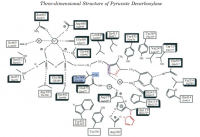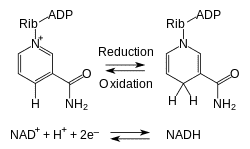SB4
Member
- Joined
- Sep 25, 2016
- Messages
- 288
Well, from what I've read, some foods and water are naturally more deuerium depleted than others. Fats are, carbs are deuterium loaded, protein in the middle, but obviously it varies. Water, in general, the higher up it is, further inland, and colder it is, is more deuterium depleted. This is because deuterium freezes at a higher temp.So...are you saying that basically no matter what we eat it will jam up TCA and ETC? Or is it just synthetic fats that do that?
Deuterium seems to be pro growth, so kids need more deuterium, and cancer likes more D.
So if you eat high carbs and it is summer time, the sun helps you deplete the higher D levels from your body. How it does this I'm sketchy on but something to do with sugars having D on there second(???) carbon bond and UV light helps brake it off (deuterium is harder to break as its heavier and reactions are slower as its held more closesly to molecules vs H). If you have decent mito function it seems you could also get away with high carb as the mitochondrial matrix contains DDW so you can get D out of the TCA cycle when it swaps H/D ions inside the mito.
Then when winter rolls round. You eat high fat and have cooler (DDW) water so you dont need much help from the sun to deplete D.
So perhaps why these synthetic fat are bad is decause during hydrogenation (???) they remove the DD hydrogens of fat (say at 125ppm) and replace them with regular tap water at 155ppm. This would be a big change in how much D cytochrome 2 sees and will slow down all reactions D is involved with resulting in less energy and the bad effects we see from these fats.
I don't know, I'm just speculating here but it seems reasonable.




